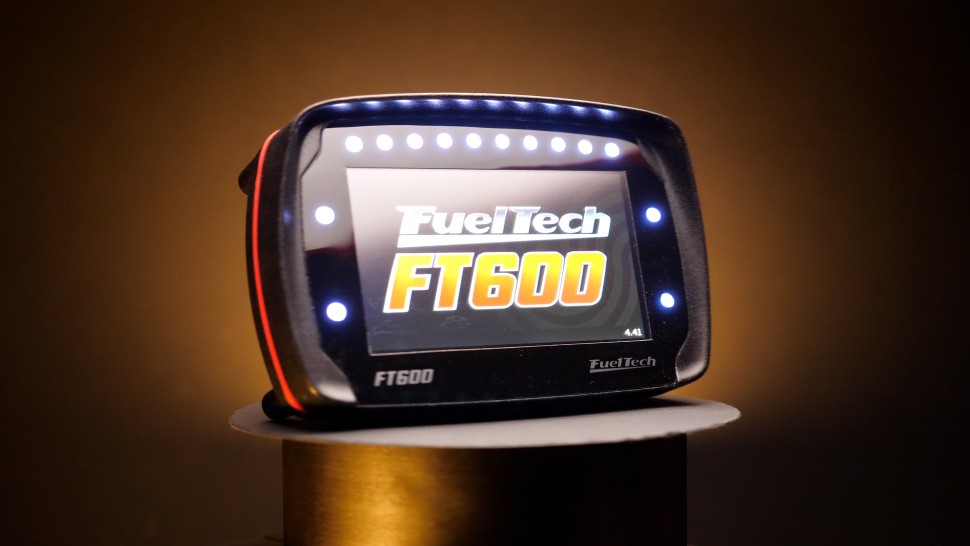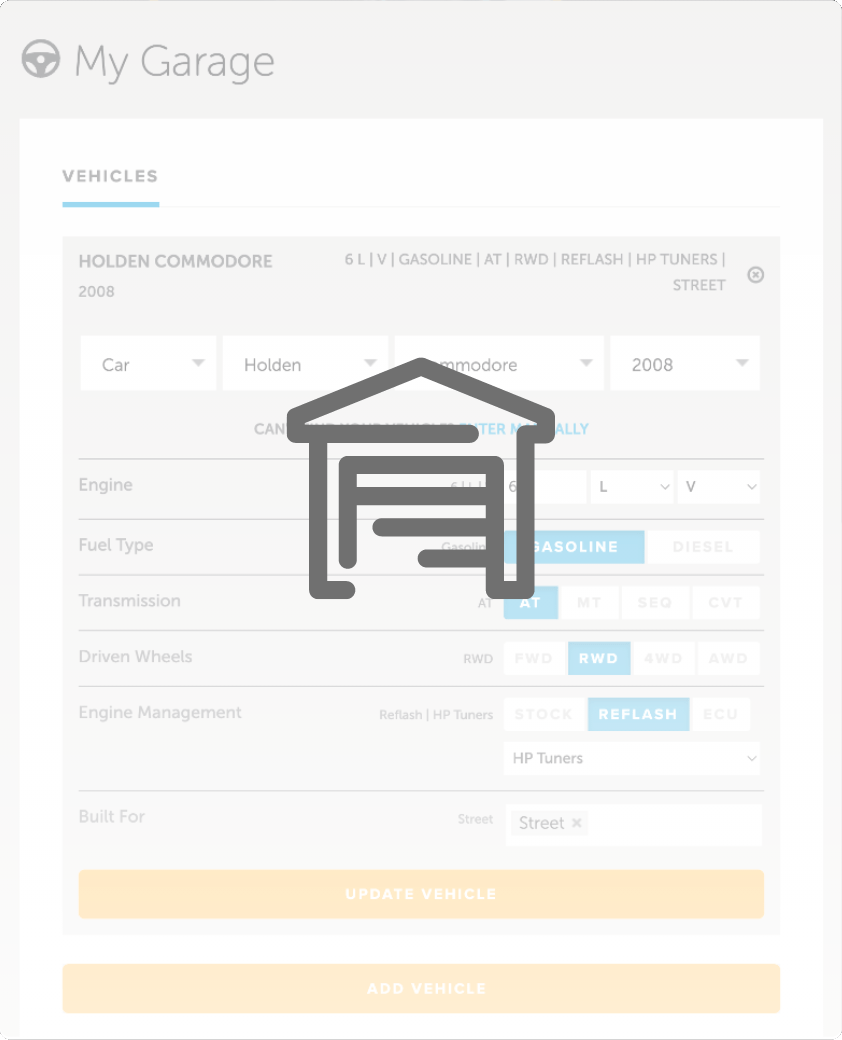| 00:00 |
In this final section of the course, we're going to be looking at ways in which we can test and develop the aerodynamics of our vehicles.
|
| 00:06 |
We'll be mostly discussing on-track testing methodology, but before we do, it's important to first understand CFD.
|
| 00:14 |
Computational Fluid Dynamics, or CFD, is a means of constructing a virtual wind tunnel that we can use to assess our car's aerodynamics without ever having to build a physical part.
|
| 00:26 |
It's an extremely versatile and powerful tool that's widely used across motorsport for car development.
|
| 00:33 |
However, a common mistake people make at the club level is going out and attempting to do their own CFD with insufficient prior training.
|
| 00:42 |
Because of this, I don't recommend using CFD if you're developing your car at a club level, and instead following the fundamentals and first principles and then moving to a professional aerodynamicist for that higher-end CFD-developed build.
|
| 00:56 |
With that said, it's still useful to have a good understanding of the technology and its applications.
|
| 01:03 |
CFD works by having a 3D model of our car geometry and then creating a 3D mesh around it.
|
| 01:09 |
It then solves some equations for fluid flow in each cell of the mesh, and by doing this calculates what the flow is doing around the car.
|
| 01:17 |
Using the pressures and velocities from the calculated flow field, we can then work out the force on each surface of the car and thus calculate the downforce and drag.
|
| 01:25 |
It's always important to remember that CFD isn't the real world or a wind tunnel, and as such, correlation and accuracy to the real world isn't perfect.
|
| 01:35 |
One of the key values of a professional aerodynamicist that has experience in top tier motorsport is that they know when to trust and to not trust CFD based on past experience, rather than just completely trusting the results or discarding results that may still have some value.
|
| 01:52 |
Looking at the options for setting up a case in the popular and free CFD software OpenFOAM, there are 25 different models to choose from just for turbulence, 13 models for just how we want to model the flows near the wall of an object, and an infinite number of ways to generate a mesh around a body.
|
| 02:09 |
That's just scratching the surface too.
|
| 02:11 |
There are a huge number of numerical modeling options that lead to hundreds of thousands of potential settings permutations.
|
| 02:19 |
Selecting the settings without training, experience, knowledge, and importantly solution validation against real world data is only going to end in results that aren't accurate and mislead us.
|
| 02:30 |
To give some clear-cut examples, I've run some cases on my professional CFD system at JKF Consultants, and we can see the post-processing here.
|
| 02:40 |
These plots show the downforce due to pressure in blue, and the lifts due to pressure in red.
|
| 02:46 |
The one on the left uses my default settings, the one in the center uses the settings with a very slight tweak, and the one in the right uses the settings with a fair few tweaks and errors.
|
| 02:56 |
At a glance, to the untrained eye, they all look quite similar.
|
| 03:01 |
However, let me point out some differences.
|
| 03:03 |
If we look at the louvers on the hood, in the normal settings they're making lift, as they should, but in the wrong settings they're making downforce, which isn't accurate for this car.
|
| 03:14 |
Overall, the magnitude of the lift generating regions is significantly higher on the wrong settings.
|
| 03:20 |
We can see it all in red around the rear roof and boot lid.
|
| 03:24 |
Yet the front canards have a larger blue zone, they're making more downforce.
|
| 03:28 |
The rear wing also has a deeper blue zone, making more downforce.
|
| 03:33 |
The wrong settings show the windscreen making more downforce low down, while the right settings make it higher up.
|
| 03:39 |
And of course, these flow differences result in load differences too.
|
| 03:44 |
The original case had loads of SCZ 2.25 SCX 1.15 with 38% aero balance, the small settings tweak changed it to SCZ 2.64 SCX 2.1 with 48% aero balance, and the large change in settings resulted in SCZ 0.72 SCX 3.2 with zero rear downforce.
|
| 04:10 |
A side note here, if you're struggling to get your head around these coefficients, check back to the section 2 of this course for a refresher.
|
| 04:17 |
Okay, so we can see that one wrong setup predicted we'd have significantly more front downforce than we actually have, while another said we had no rear downforce at all, and both said our drag would be a lot higher than it should be.
|
| 04:31 |
It's not just the outright loads that are a problem either.
|
| 04:34 |
Often having the wrong settings can mean the directions of our results for geometry options can be wrong too.
|
| 04:40 |
I've seen small tweaks on front splitter end plates show 10% downforce gains in one incorrectly set up CFD, when in another correctly set up CFD they were 1% down on downforce.
|
| 04:52 |
The key thing here is that without sufficient experience, we just cannot trust these types of results on these types of analyses, so at the club level, it's best to avoid them.
|
| 05:02 |
Let's summarize.
|
| 05:04 |
CFD is a powerful tool used widely in motorsports to simulate airflow around a car without physical parts, but its complexity requires significant expertise.
|
| 05:14 |
For club level development, it's recommended to rely on first principles rather than DIY CFD, which can produce misleading results without professional validation.
|
| 05:25 |
Even small adjustments in CFD setup can cause major inaccuracies in predicted downforce, drag and aero balance, underscoring the importance of experience to interpret CFD results effectively.
|





